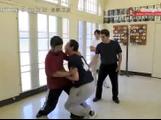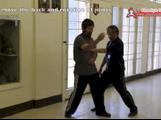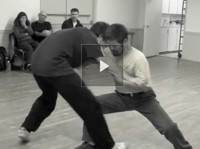For this Online Video Class, I will be examining the contents in a segmented manner. In this classic video, Master Chen descriptively teaches the 8 Techniques in Taijiquan. In this 1st segment of the online video class, I will cover the Basic Energies in Taiji Applications. In the 2nd segment I will cover The 4 Essential Taijiquan Techniques, which include Peng, Lu, Ji & An. In the last segment I will cover The 4 Corner/Auxiliary Taijiquan Techniques, which include Cai, Lie, Zhou & Kao.
This video is definitely worth taking the time to thoroughly investigate and gain an understanding of the techniques of Taijiquan. I will moderate a Zoom group session during the last segment for those that purchased the video as a means of solidifying the material taught by Master Chen.

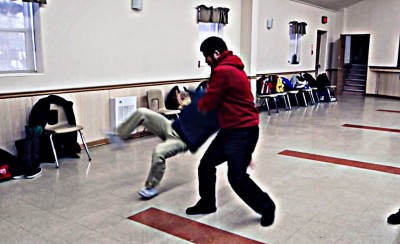


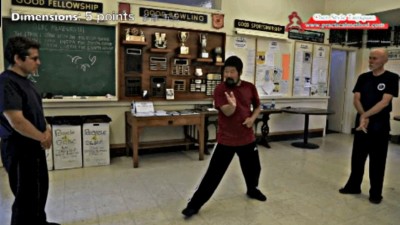




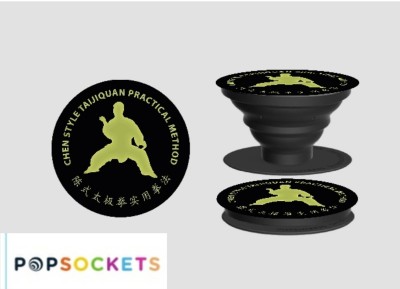



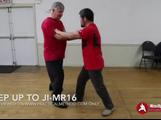










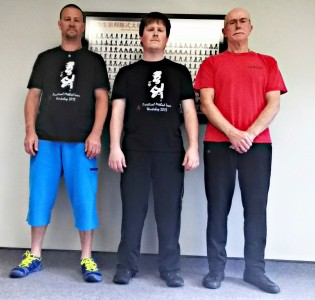
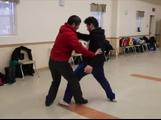

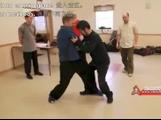
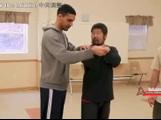
 Upper Midwest Practical Method Gathering will occur at
Upper Midwest Practical Method Gathering will occur at